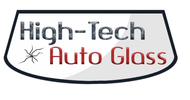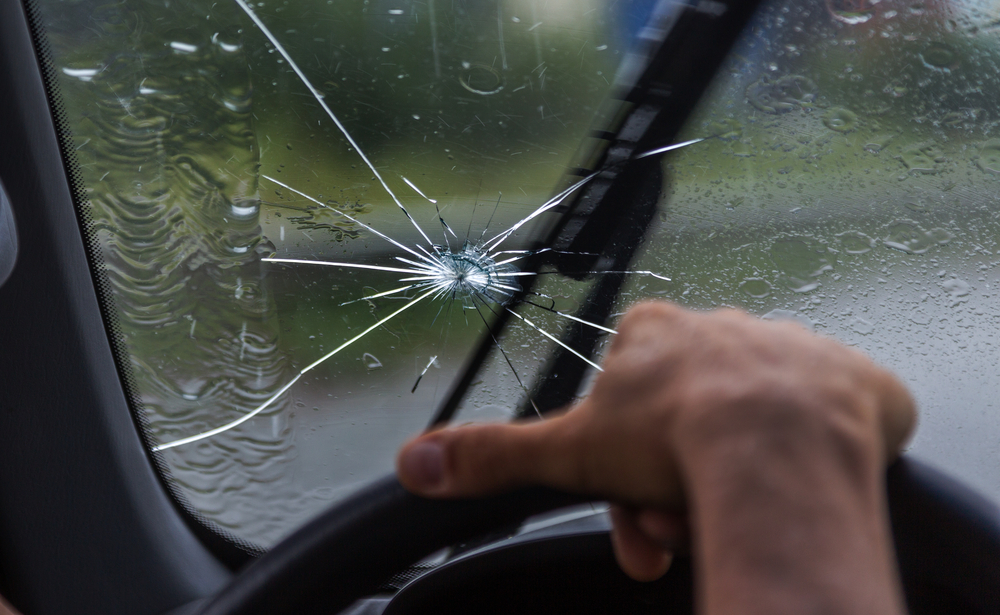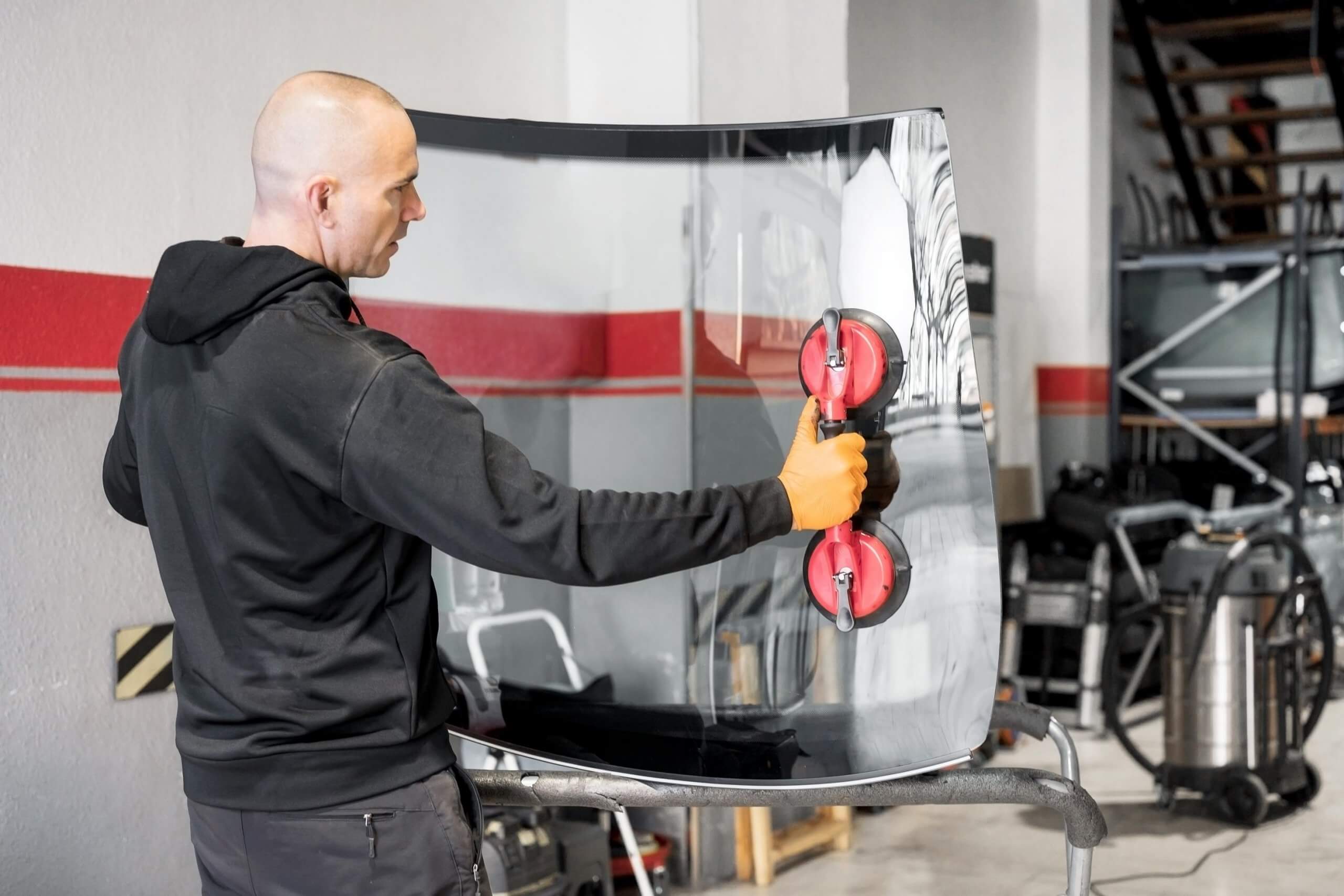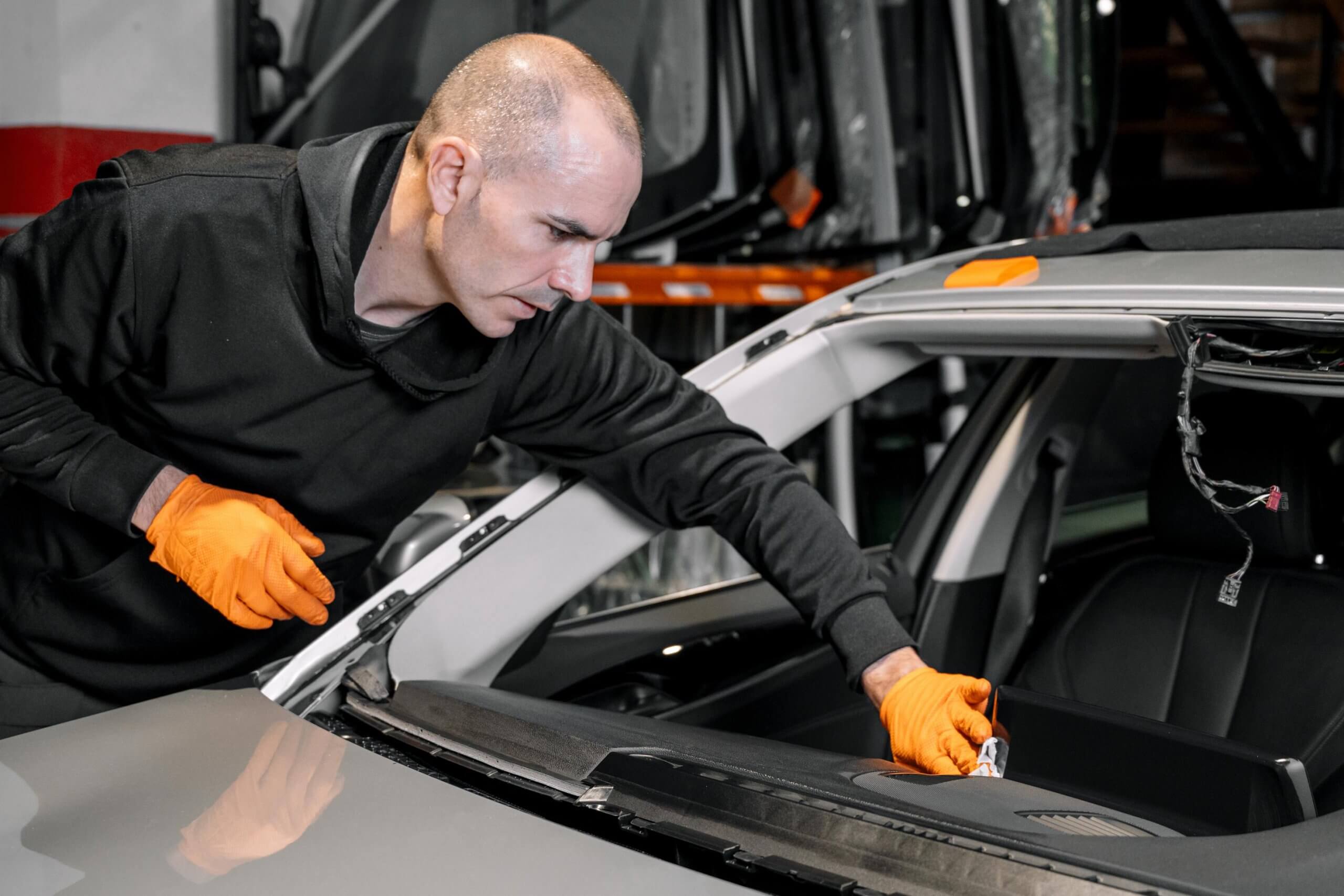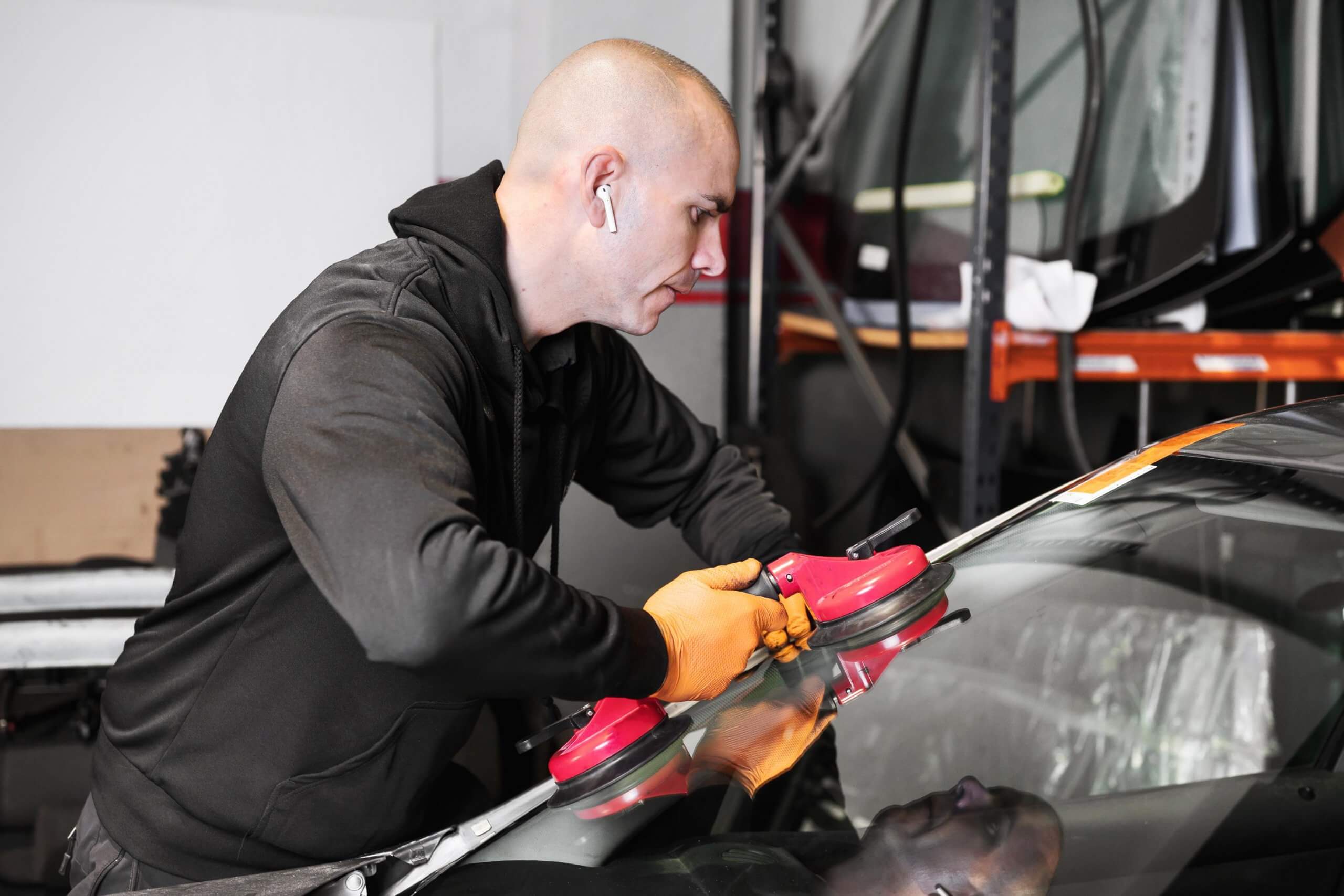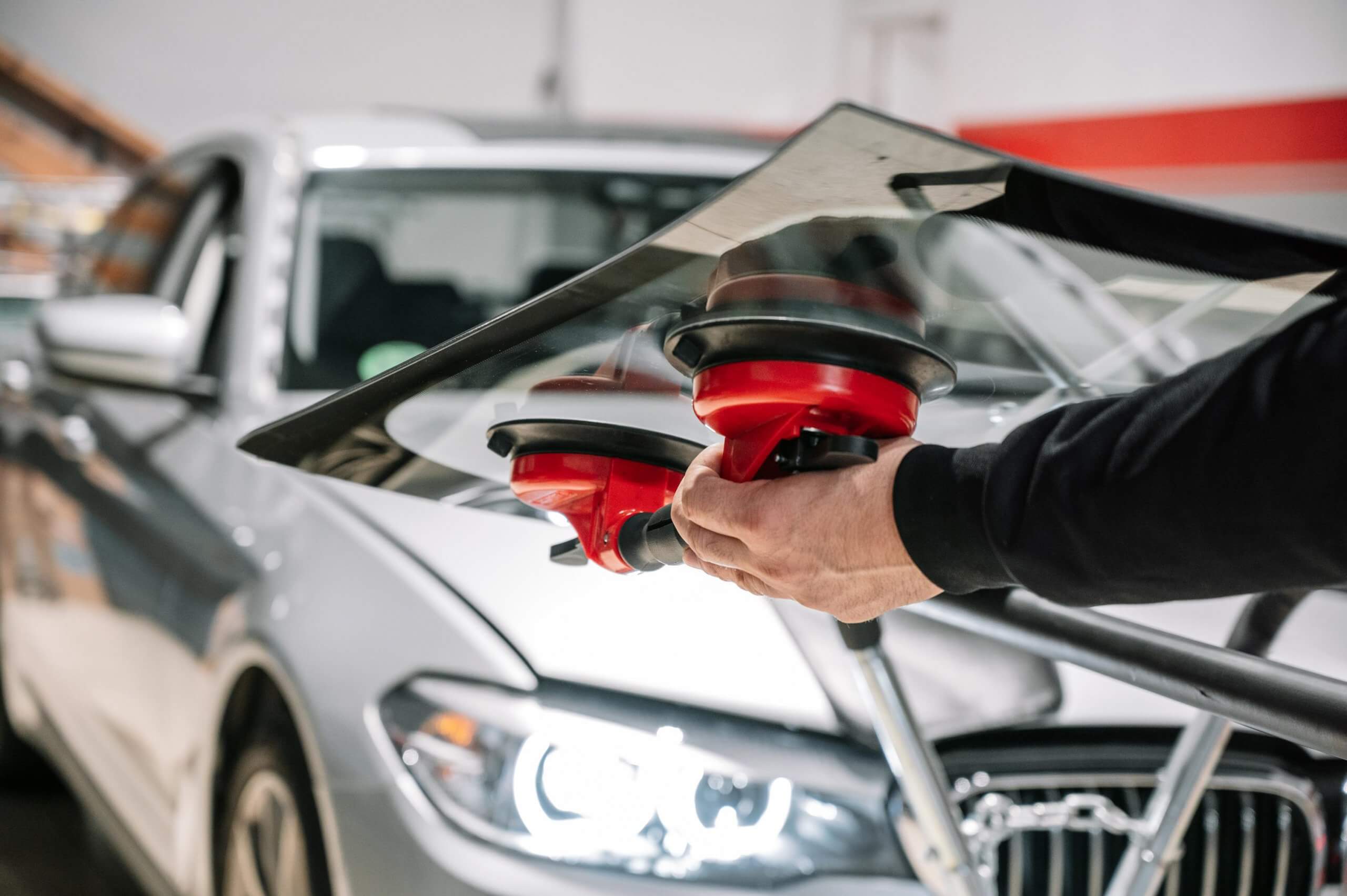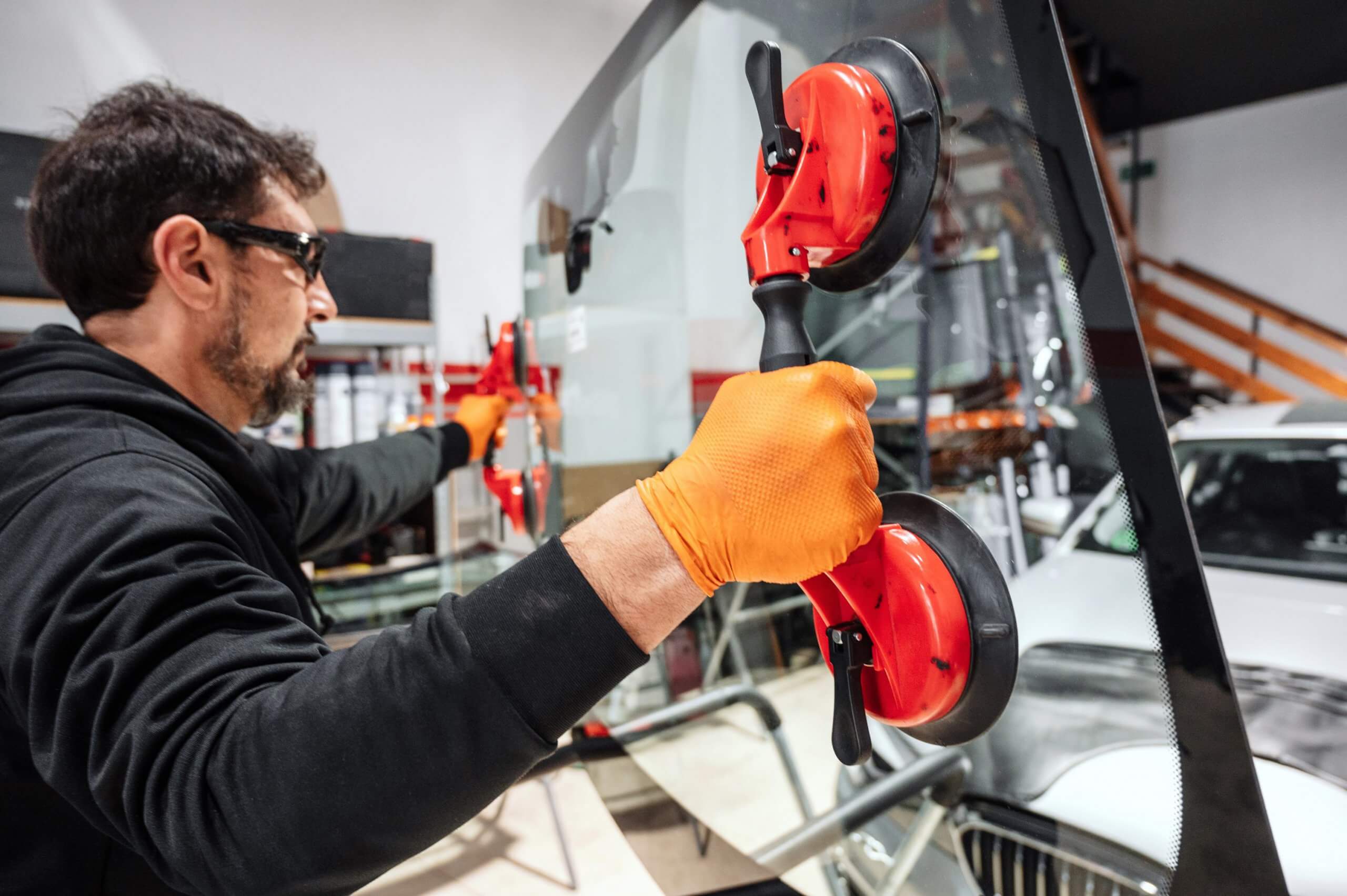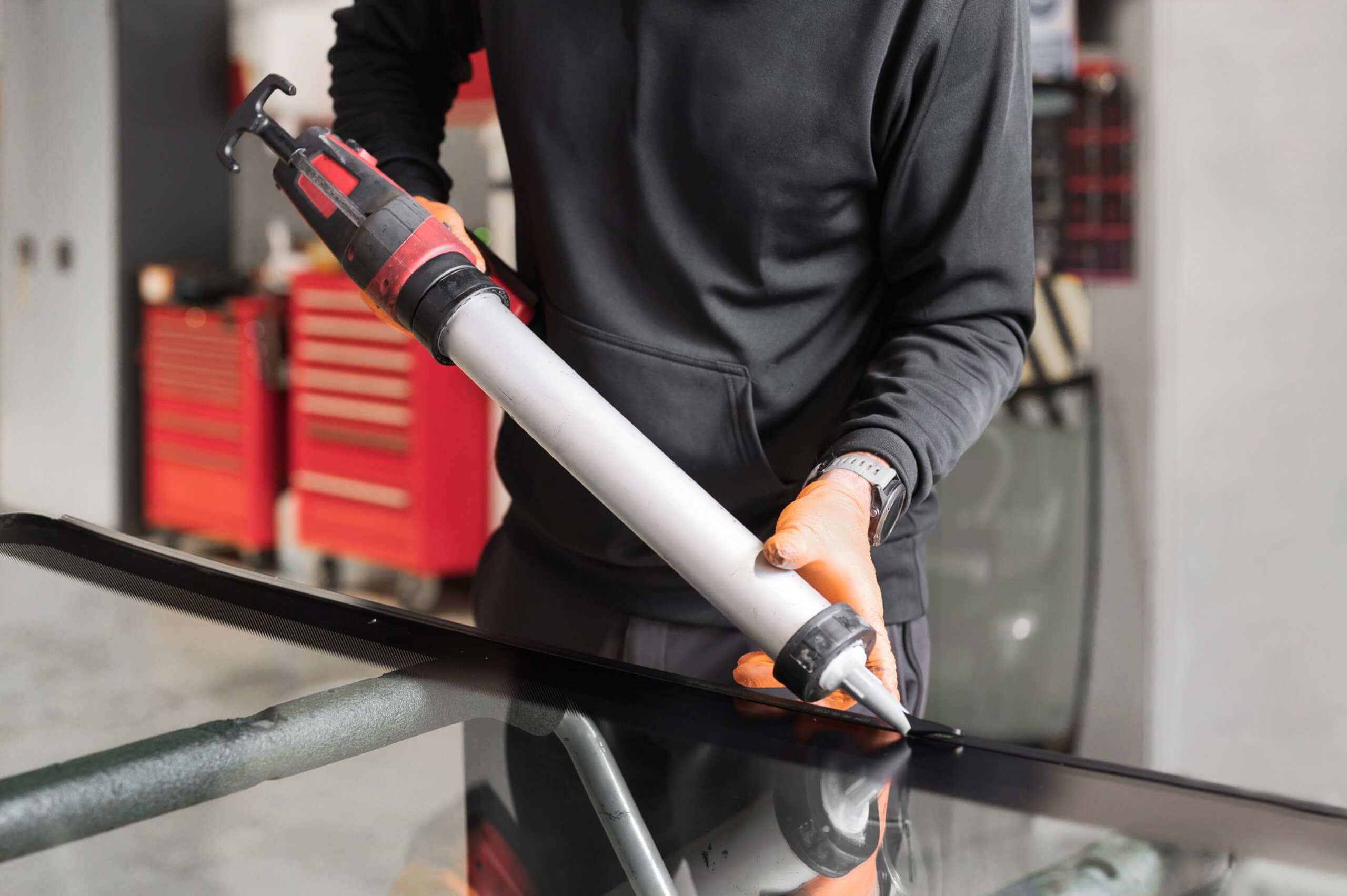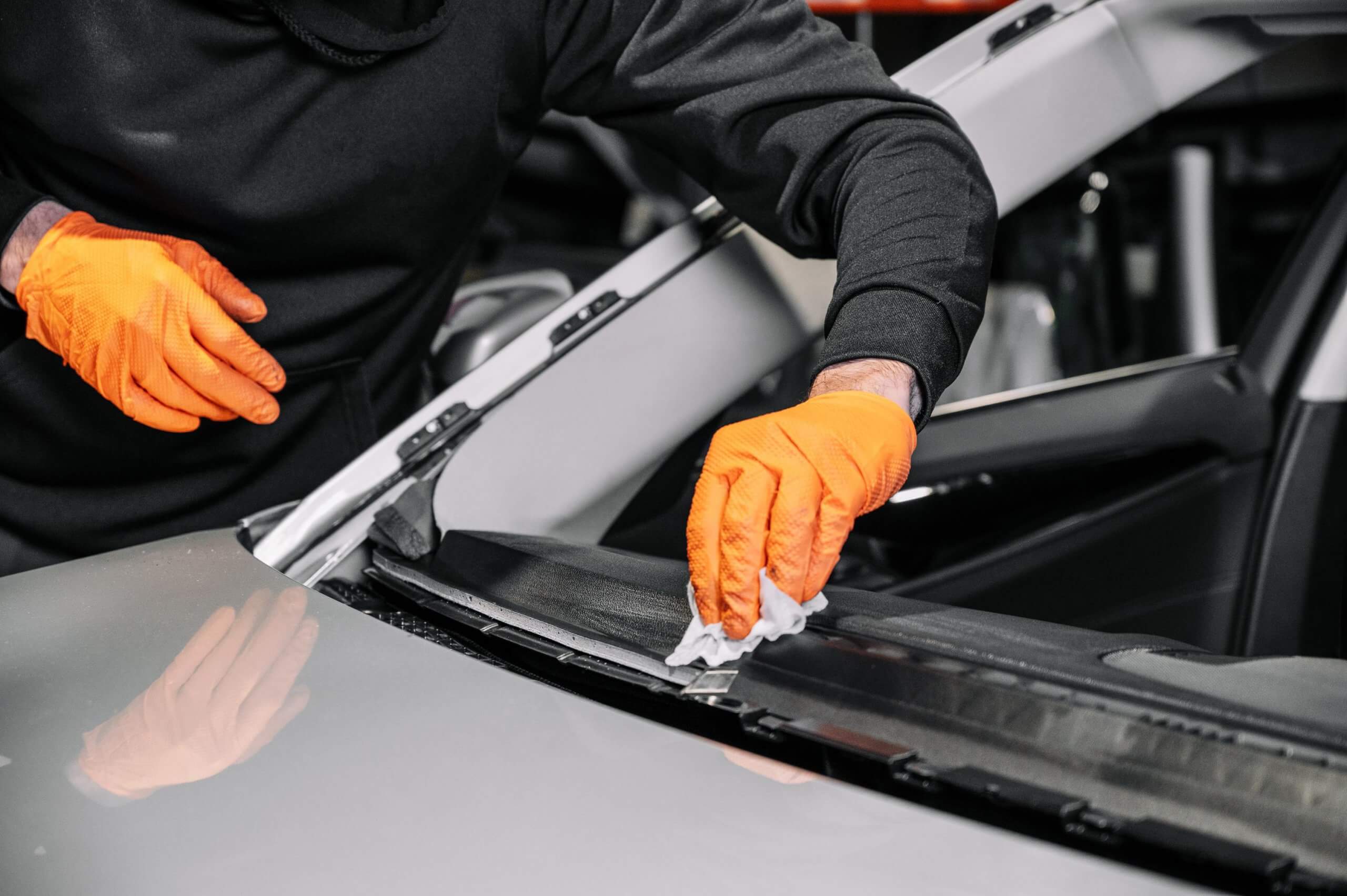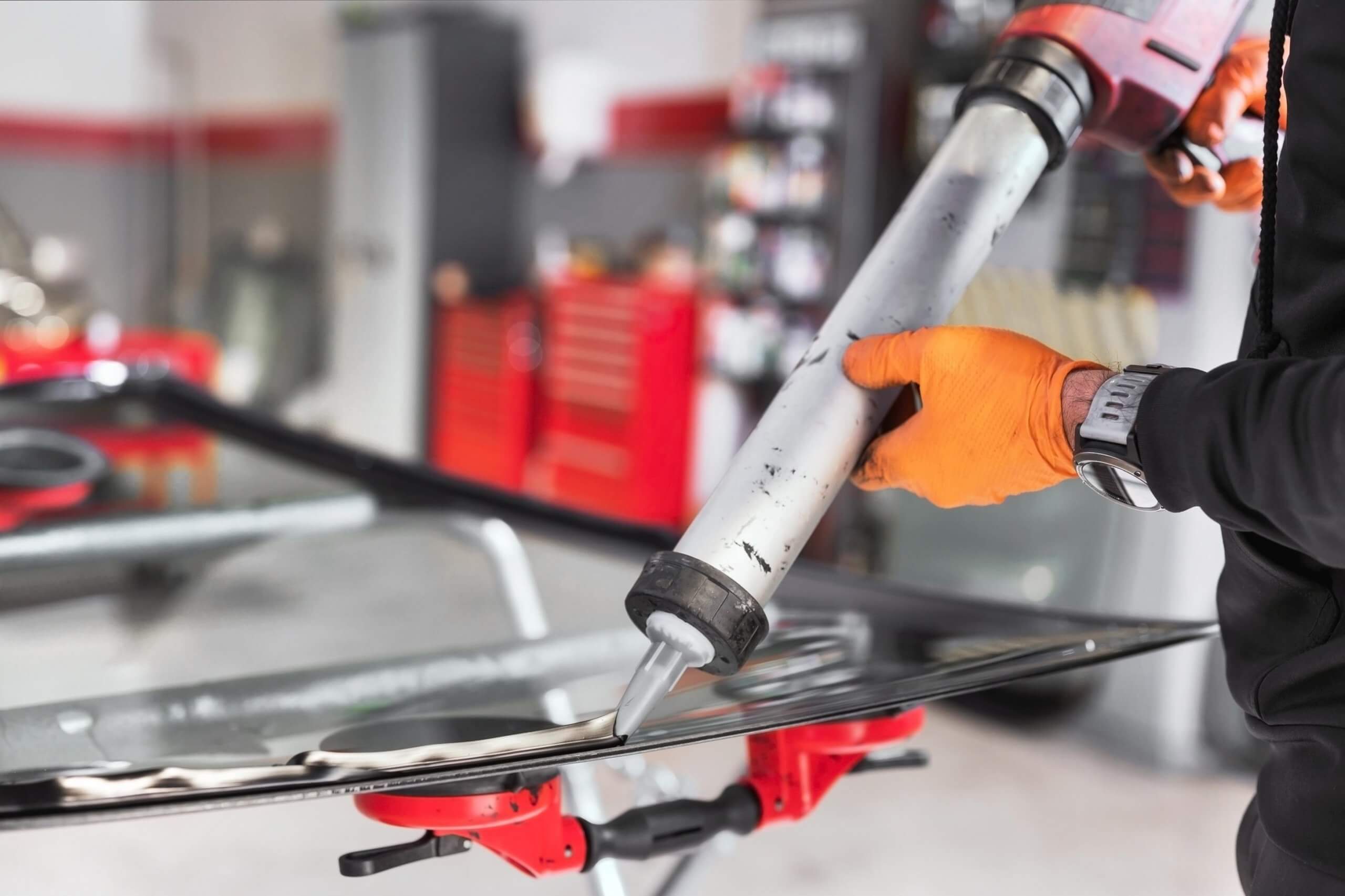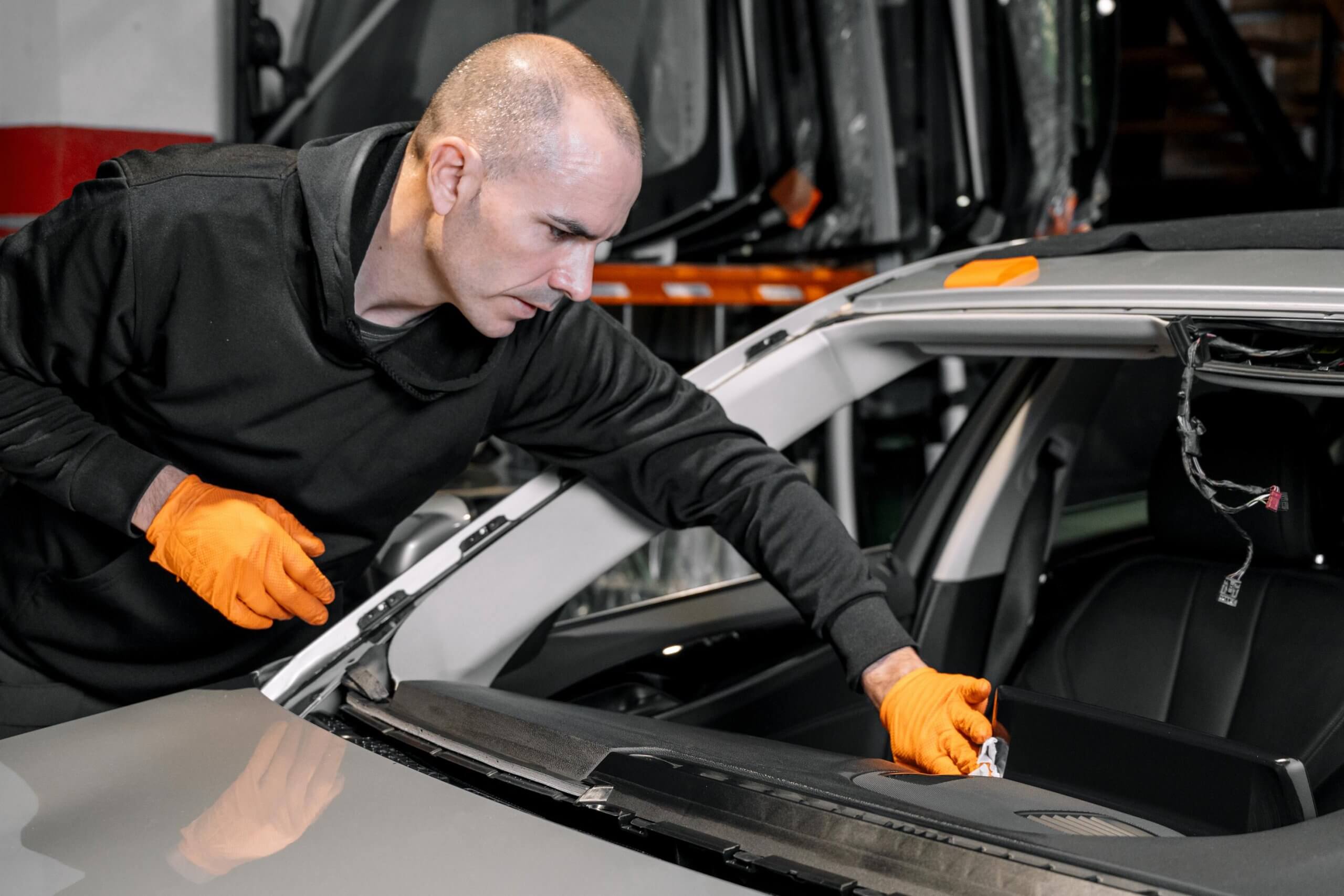Demystifying Auto Glass Repairs:Introduction: Auto glass is a crucial component of a vehicle, ensuring the safety and visibility of the driver and passengers. When this glass sustains damage, whether it be a chip or a crack, prompt attention is necessary to prevent further deterioration and ensure road safety. In this essay, we delve into the intricacies of auto glass repair, exploring the process and addressing the fundamental question: “What does repaired glass look like?”
I. Understanding Auto Glass Damage: a. Types of Damage: Auto glass damage comes in various forms, including chips, cracks, and scratches. Understanding the nature of the damage is essential in determining whether repair or replacement is the most appropriate course of action.
b. Factors Influencing Damage: Several factors contribute to auto glass damage, such as road debris, extreme weather conditions, and accidents. The location and size of the damage, as well as the type of glass used in the vehicle, play crucial roles in assessing the feasibility of repair.
II. The Auto Glass Repair Process: a. Assessment of Damage: The first step in the repair process involves a thorough assessment of the damage. Technicians evaluate the size, depth, and location of the chip or crack to determine whether it falls within the repairable parameters. Generally, small chips and cracks that haven’t penetrated the inner layer of the glass are good candidates for repair.
b. Cleaning and Preparation: Once the damage is assessed, the next step is to clean the damaged area. Removal of any dirt, debris, or moisture is crucial for a successful repair. Technicians may use specialized tools to clean and prepare the damaged surface for the application of repair materials.
c. Application of Resin: The heart of the repair process lies in the application of resin. This specialized material is injected into the damaged area, filling the void left by the chip or crack. The resin is then cured using ultraviolet light, bonding with the glass and restoring its integrity.
d. Smoothing and Polishing: After the resin cures, technicians carefully smooth and polish the repaired area. This step is essential not only for aesthetic reasons but also for ensuring that the repaired glass doesn’t create distortion or affect the driver’s visibility.
III. What to Expect After Auto Glass Repair: a. Visibility Improvement: One of the immediate benefits of auto glass repair is the improvement in visibility. Since the resin fills the damaged area, it eliminates the obstruction caused by the chip or crack. This is particularly crucial for the driver, as improved visibility contributes to safer driving conditions.
b. Structural Integrity: While the repaired glass may not be as strong as the original, the structural integrity is significantly restored. The resin bonds with the glass, preventing the damage from spreading and ensuring that the glass retains its strength and durability.
c. Cosmetic Considerations: From a cosmetic standpoint, a well-executed auto glass repair is often barely noticeable. The transparency of the resin and the careful polishing process contribute to a seamless appearance. However, it’s essential to manage expectations, as some repairs may still leave a faint mark or scar on the glass.
IV. Factors Influencing Repair Results: a. Timeliness of Repair: The promptness with which auto glass damage is addressed plays a crucial role in the success of the repair. In many cases, addressing small chips and cracks early prevents them from spreading and becoming irreparable.
b. Size and Location of Damage: The size and location of the damage significantly influence the effectiveness of the repair. Generally, smaller chips and cracks that are away from the edges of the glass are more likely to be successfully repaired. Extensive damage or damage near the edges may necessitate a full windshield replacement.
c. Quality of Repair Materials: The quality of the resin and other materials used in the repair process also impacts the final results. High-quality, industry-standard materials contribute to a more durable and visually appealing repair.
V. What Does Repaired Glass Look Like: A Visual Comparison: a. Before and After Visuals: To truly understand what repaired glass looks like, visual comparisons are essential. In a side-by-side comparison of the damaged glass before repair and the same area after the repair, the transformation is often striking. The chip or crack, once a visible blemish, is replaced by a smooth, nearly invisible repair.
b. Residual Marks and Scars: While the goal of auto glass repair is to achieve a seamless appearance, it’s crucial to acknowledge that not all repairs result in glass that looks entirely untouched. Some minor residual marks or scars may be visible, particularly in cases of more extensive damage. However, these are typically subtle and do not compromise the overall aesthetics or functionality of the glass.
VI. Factors Leading to Opting for Repair Over Replacement: a. Cost Considerations: Auto glass repair is often a more cost-effective option than complete replacement. For small chips and cracks that fall within the repairable parameters, choosing repair over replacement can save vehicle owners money while still addressing the damage effectively.
b. Time Efficiency: The time required for an auto glass repair is generally much shorter than that needed for a full replacement. This time efficiency is especially valuable for individuals with busy schedules who cannot afford extended downtime for their vehicles.
c. Eco-Friendly Approach: Opting for repair instead of replacement aligns with eco-friendly practices. Repairing the existing glass reduces the demand for new materials, contributing to environmental sustainability.
VII. Conclusion: In conclusion, the question “What does repaired glass look like?” is one that carries both practical and aesthetic considerations. Auto glass repair, when performed by skilled technicians using high-quality materials, can result in a visually appealing and structurally sound solution. The restored clarity and integrity of the glass contribute not only to the safety of the vehicle but also to the overall driving experience. Understanding the auto glass repair process and managing expectations regarding the final appearance are essential for vehicle owners facing the decision of whether to repair or replace damaged auto glass. Ultimately, the choice between repair and replacement depends on various factors, including the extent of the damage, cost considerations, and the desire for a quick and eco-friendly solution.
